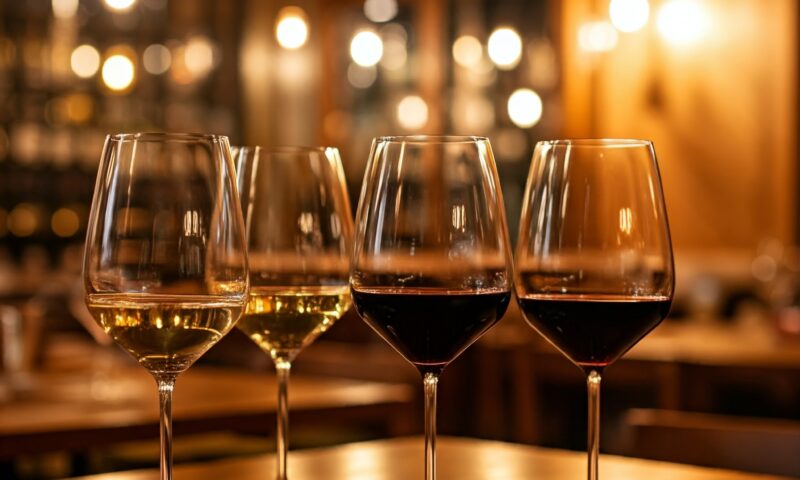
The consumption of wine by the glass has become a common practice in restaurants, meeting the expectations of a clientele seeking flexibility and discovery. This trend reflects an evolution in consumption habits, where quality and diversity take precedence over quantity.
A Response to the New Expectations of Consumers
Offering wine by the glass allows customers to vary their pleasures by tasting different vintages during the same meal, without committing to an entire bottle. This approach particularly appeals to younger generations, who prioritize moderation and experimentation. Moreover, it provides a suitable solution for those wishing to consume alcohol in moderation or for groups with varied preferences.
An Asset for Restaurateurs
For establishments, serving wine by the glass represents an opportunity to increase revenue by offering a wider range of wines, including more prestigious vintages, at accessible prices. It also allows for better stock management and reduces waste. Furthermore, this practice encourages the rotation of the wines offered, thus energizing the menu and sparking the interest of regular customers.
The Challenges to Overcome
However, serving wine by the glass requires rigorous management to ensure product quality. The use of appropriate preservation systems, such as wine-by-the-glass machines or specific stoppers, is essential to preserve the aromas and flavors after the bottle is opened. Additionally, staff must be trained to effectively advise customers and suggest relevant food-wine pairings.
In summary, wine by the glass has emerged as a suitable response to the evolution of consumption habits, offering an enriched experience for both customers and restaurateurs. This practice, in line with current trends, helps redefine conviviality around wine.
Pendant 1 mois sans engagement